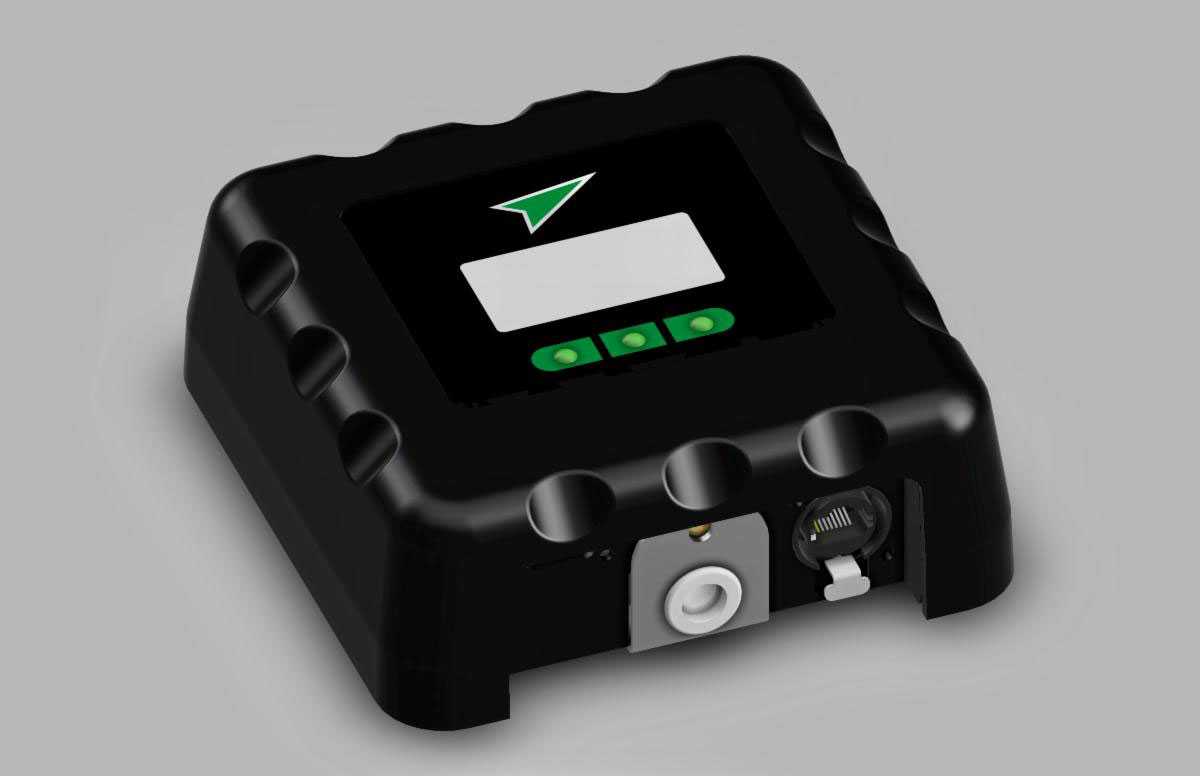PL+S 2024: Green-GO debuts wireless Stride
- Details

Stride offers seamless roaming, greater DECT spectrum efficiency and increased user mobility, without affecting the range or the audio quality of devices on the network. Compatible with existing Green-GO WBPX wireless beltpacks, Stride enables higher DECT device density, allowing more WBPX beltpacks to be used simultaneously within the same area.
“True seamless roaming has been a goal for Green-GO’s customers since the very beginning,” says Silvio Cibien, CEO of Anima Network, the company responsible for Green-GO’s export and marketing, explaining the importance of this innovation. “Now, with Stride, we can finally deliver it. Achieving this function is a huge success for us, requiring a significant investment for the licence to enable us to develop our own control of the DECT protocol.”
Green-GO’s Stride Antennas synchronise automatically. DECT time slots are synchronised across multiple Stride Antennas via PTPv2 (Precision Time Protocol version 2) technology, without additional action required from the user. This effectively enhances the consistency of coverage within a given area, providing seamless roaming. Now, with Stride Antennas, a Green-GO system can make full use of the available DECT spectrum, allowing a greater device density than was possible before.
The use of Stride Antennas will not compromise the range of a single antenna or cell on the network, says Green-GO. This true seamless roaming between all antennas enables increased mobility, as each user can move around more freely within the coverage area, as well as into wider areas with the range extended by the addition of more antennas.
Green-GO has also made a significant investment in developing new tools to give intercom technicians the insights they will need in the utilisation of the DECT spectrum and RF coverage, enabling them to diagnose and understand possible issues early.
Device pools can include up to 250 Stride Antennas and 100 wireless beltpacks, while each Stride Antenna can accommodate up to five simultaneous WBPX connections. A user interface on the antenna displays configuration information and an RGB LED indicator shows device status, while extended RF monitoring information is available on both the wireless beltpack and via Green-GO’s Control software.
A DECT antenna analyser mode allows users to keep track of DECT spectrum utilisation. Furthermore, the Stride Antenna has an IP53-rated housing for outdoor use, and includes various mounting options (3/8”, M10, and VESA).
Green-GO will reveal new products and functionality for the Stride series in the near future.
















